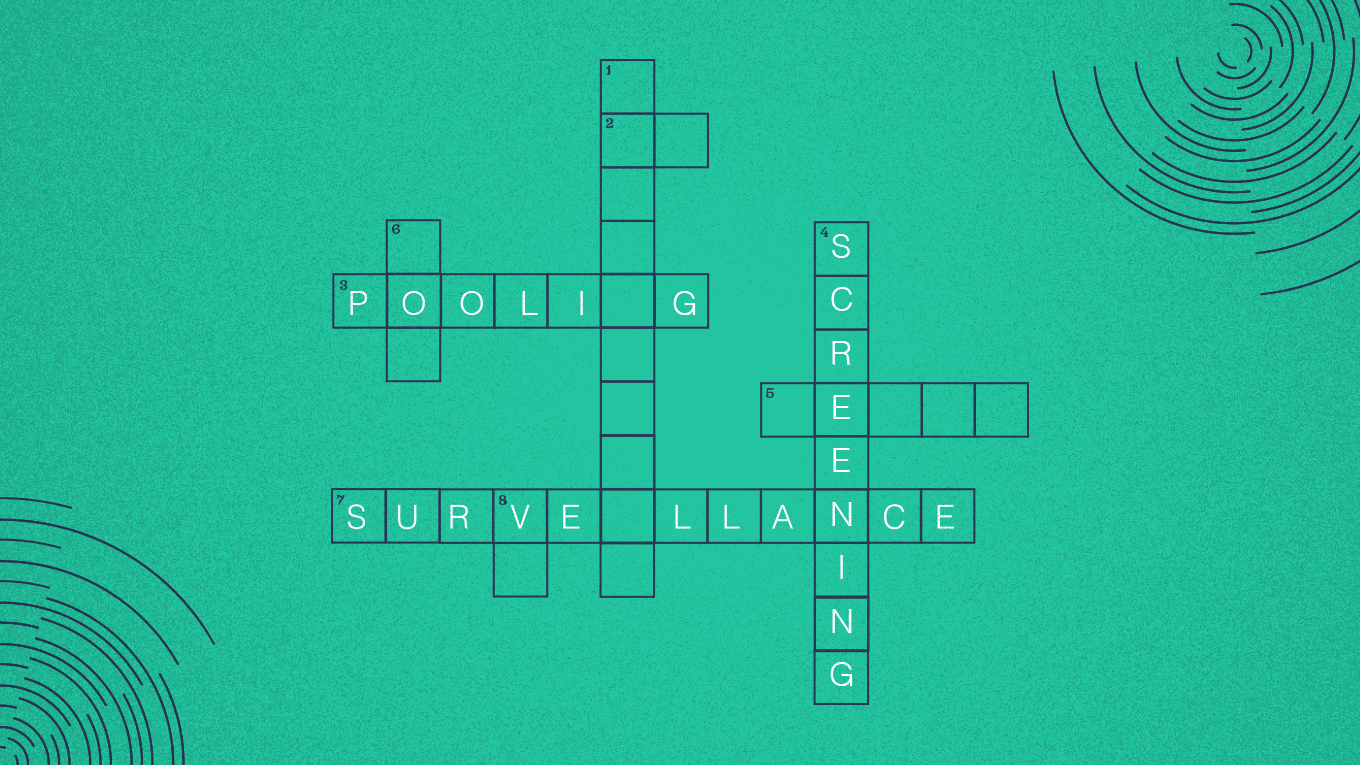Types of Testing
November 10 2020

Since mid-March, COVID-19 has been at the forefront of all of our minds as we search for ways to return to our everyday lives while ensuring the health of loved ones and the surrounding community. Leaders in the medical, pharma, and biotech fields are pursuing a variety of creative solutions, from vaccines to sanitizing robots. But one solution has remained constant: testing.
Public health experts believe that widespread testing is the linchpin of any successful reopening strategy. Some suggest millions of tests are needed each day in the United States to control the outbreak. While there is general consensus that testing is the path forward, it has given rise to another conversation: which types of testing will be most successful? The answer to that question may depend on the unique needs of each community.
As a result, business owners, school administrators, and more are finding themselves navigating the complex world of COVID-19 testing, with all of its unfamiliar terminology. In support of that process, we wanted to share some information about the language of testing, what it means, and what each option can offer you. If you have questions or want to discuss how Concentric can help find the best path forward for your organization, reach out to us today.
Diagnostic Testing
Diagnostic tests are ordered by a healthcare provider when someone is exhibiting symptoms or has known exposure to someone who has tested positive for the virus. A diagnostic test can confirm COVID-19 infection, allowing people to take steps to prevent others from getting sick.
Screening
Both diagnostic tests and screening focus on individuals. But, unlike diagnostic testing, screening involves testing those without symptoms or known exposure. An example of screening would be a workplace that regularly tests all employees. This makes it possible to identify those who are positive for COVID-19 but not showing symptoms, who might otherwise spread the infection unknowingly.
Surveillance Testing
Unlike the previous two types of testing, surveillance focuses on populations, not individuals. Populations can be large campuses, communities, cities, or states. You can imagine a state health department conducting random tests to get an idea of the level of spread in a particular location. The difference between this method and screening is the end goal is not to follow up with individuals. Instead, surveillance provides critical information that is used to guide broader public health decisions.
PCR, Antigen, and NGS Tests
When people talk about COVID-19 testing, they’re usually talking about PCR-based tests. These tests work by detecting the genetic code that’s unique to the virus. Another type of test detects the outer shell of the virus – these are called “antigen tests.” Both of these tests can be part of a single strategy. For instance, you can use antigen tests, which give results in a matter of minutes, as a first pass and then follow up any positives with a PCR test, which is the current gold standard.
A third type of test is based on technology called next-generation sequencing (NGS). Like PCR, NGS detects the genetic code of the virus. But NGS can process many more samples at once, making this method particularly promising for large-scale testing.
Pooling
Pooling is an effective way to test several people at once. Pooling means samples are collected from several people and mixed together. If the test comes back positive, you know at least one person in the group is infected and you can request individual tests for everyone in that group. If not, the entire group is cleared using just one test. One of the primary benefits of pooling is that it dramatically reduces the cost of testing, allowing more people to access the testing they need. Pooling is a powerful way to test large groups of people and may be particularly useful for conducting surveillance testing on a massive scale.
Visit the Concentric website for more information on COVID-19 testing.